9.4K Views
Purchasing Sod Grass Like a Pro!

by
360 Sod (Donna Dixson)
(IC: professional)
Ok you have tested your soil, prepped the area and measured your space! Now what? It's sodding beautiful!
If you want a small amount it is better to call a few days in advance if you want a specific day for delivery. It will come on pallets of squares or rolls in increments of 450, 504 and maybe even 605 sq feet. Most common will be 504 for Bermuda and 450 for Fescue and Zoysia. We try to stick with squares only for my customers.
Sod will have a dirt side and a grass side. It will range in thickness depending on where it comes from and what type of sod The dirt side should hold together well with nicely developed roots. The top side should be reasonably weed- free and cut neatly. If you are purchasing from a reputable supplier they have maintained the sod with fertilizer and micro nutrients so it should be very healthy from the beginning. (Remember you get what you pay for).
The BEST questions to ask your sod supplier in not so small a nutshell.
1) How far in advance do you cut the sod?
The correct answer 'We cut it the day before we deliver it or on the same day'
2) How many square feet are on each pallet?
You have dutifully measured your length x width and multiplied that together and now you can divide that number by the square footage they give you to calculate how many pallets you will need.
3) How much does each pallet weigh?
About 2000 lbs. Yes it is heavy! On a pallet of 504 square feet you have around 189 pieces of sod roughly 16"x24" for squares, and each one of those is going to weigh anywhere from 3 to 10 pounds depending on how thick it is cut and how much water it is holding (remember to put muscle rub on your tool list). Not a good thing to set on newly poured concrete driveway.
4) Will you put the pallets where I want them?
Remember each pallet and piece weight? You want those pallets as close to the area as you can get it so you don't have to use that wheelbarrow quite so much! But also remember weighing that much they can't go through walls or skinny gates or over grass without squishing stuff. Be reasonable with your expectations. Some will charge an extra fee for this, others won't. So be sure to find out up front. If you don't ask it will be place at the curb beside your driveway.
5) What time will you arrive at my home or can I have it here at a specific time of day? If you don't ask this question, you sod will most likely arrive in the middle of the night which is when sod farms LIKE to deliver sod, less traffic. In order to move a truck they need 16-20 pallets, so they may have 5 or 6 stops on the truck, which can make it a challenge to schedule a specific time. (7am is a good time to ask for a delivery if you want to be there and awake when it
arrives).
6) Do you charge a delivery fee?
Unless you get a full truck load (anywhere from 16-20) expect to pay a delivery charge. It will vary from supplier to supplier and usually the more you get the less you pay on delivery. Sod farms do not like delivering one pallet, and you will probably pay more for the delivery than for the sod.
7) Do you charge a pallet fee?
Some places will also add a per pallet fee. You may or may not be able to negotiate that but it surely doesn't hurt to try.
8) Do you pick the pallets back up?
Most likely not. But the good news is recycling pallets is all the rage now and you can either give them away or sell them on craigslist for a couple of bucks each, or call your local nursery who might take them off your hands.
9) What should your sod look like when it arrives?
In the summer all your grass should be green. In the winter Fescue will be green. (btw don't order Fescue in the summer, you will have a difficult time getting it to root in well). Zoysia and Bermuda will be brown in the winter. Remember the top will be dormant, but the roots are always active though somewhat slower growing in the winter. The top pieces will be dried out looking grayish and may or may not be viable. Place those on a not so noticeable area or don't use. The ones at the bottom of the pallet may have lost a lot of their soil in the transportation and moving of the sod, so treat them the same way as the ones on the top with no tarp. Expect to have a few bad pieces and don't panic. Farms will have a couple of not so good pieces sometimes. If it exceeds 25% of the pallet then there is a problem, take pictures and make a call to your supplier. Don't leave your sod on the pallet for longer than 24 hours if at all possible. It will begin to yellow (not dead yet and will recover but look bad for a few days) to a ugly black-gray color (50-50 % chance of survival).
Next time I will give share how to lay your sod and get professional results. You are welcome to contact me if you have any questions.
If you want a small amount it is better to call a few days in advance if you want a specific day for delivery. It will come on pallets of squares or rolls in increments of 450, 504 and maybe even 605 sq feet. Most common will be 504 for Bermuda and 450 for Fescue and Zoysia. We try to stick with squares only for my customers.
Sod will have a dirt side and a grass side. It will range in thickness depending on where it comes from and what type of sod The dirt side should hold together well with nicely developed roots. The top side should be reasonably weed- free and cut neatly. If you are purchasing from a reputable supplier they have maintained the sod with fertilizer and micro nutrients so it should be very healthy from the beginning. (Remember you get what you pay for).
The BEST questions to ask your sod supplier in not so small a nutshell.
1) How far in advance do you cut the sod?
The correct answer 'We cut it the day before we deliver it or on the same day'
2) How many square feet are on each pallet?
You have dutifully measured your length x width and multiplied that together and now you can divide that number by the square footage they give you to calculate how many pallets you will need.
3) How much does each pallet weigh?
About 2000 lbs. Yes it is heavy! On a pallet of 504 square feet you have around 189 pieces of sod roughly 16"x24" for squares, and each one of those is going to weigh anywhere from 3 to 10 pounds depending on how thick it is cut and how much water it is holding (remember to put muscle rub on your tool list). Not a good thing to set on newly poured concrete driveway.
4) Will you put the pallets where I want them?
Remember each pallet and piece weight? You want those pallets as close to the area as you can get it so you don't have to use that wheelbarrow quite so much! But also remember weighing that much they can't go through walls or skinny gates or over grass without squishing stuff. Be reasonable with your expectations. Some will charge an extra fee for this, others won't. So be sure to find out up front. If you don't ask it will be place at the curb beside your driveway.
5) What time will you arrive at my home or can I have it here at a specific time of day? If you don't ask this question, you sod will most likely arrive in the middle of the night which is when sod farms LIKE to deliver sod, less traffic. In order to move a truck they need 16-20 pallets, so they may have 5 or 6 stops on the truck, which can make it a challenge to schedule a specific time. (7am is a good time to ask for a delivery if you want to be there and awake when it
arrives).
6) Do you charge a delivery fee?
Unless you get a full truck load (anywhere from 16-20) expect to pay a delivery charge. It will vary from supplier to supplier and usually the more you get the less you pay on delivery. Sod farms do not like delivering one pallet, and you will probably pay more for the delivery than for the sod.
7) Do you charge a pallet fee?
Some places will also add a per pallet fee. You may or may not be able to negotiate that but it surely doesn't hurt to try.
8) Do you pick the pallets back up?
Most likely not. But the good news is recycling pallets is all the rage now and you can either give them away or sell them on craigslist for a couple of bucks each, or call your local nursery who might take them off your hands.
9) What should your sod look like when it arrives?
In the summer all your grass should be green. In the winter Fescue will be green. (btw don't order Fescue in the summer, you will have a difficult time getting it to root in well). Zoysia and Bermuda will be brown in the winter. Remember the top will be dormant, but the roots are always active though somewhat slower growing in the winter. The top pieces will be dried out looking grayish and may or may not be viable. Place those on a not so noticeable area or don't use. The ones at the bottom of the pallet may have lost a lot of their soil in the transportation and moving of the sod, so treat them the same way as the ones on the top with no tarp. Expect to have a few bad pieces and don't panic. Farms will have a couple of not so good pieces sometimes. If it exceeds 25% of the pallet then there is a problem, take pictures and make a call to your supplier. Don't leave your sod on the pallet for longer than 24 hours if at all possible. It will begin to yellow (not dead yet and will recover but look bad for a few days) to a ugly black-gray color (50-50 % chance of survival).
Next time I will give share how to lay your sod and get professional results. You are welcome to contact me if you have any questions.
Enjoyed the project?
Published October 4th, 2012 8:56 AM
Comments
Join the conversation
2 of 37 comments
-
Bernice, this is the answer I got from a sod farm in Washington. "Yakima has much colder winters than the west side of the mountains. We harvest all year round on the west side. The east side farms do mostly close down for the winter. Hopefully, that helps answer you question.' https://www.facebook.com/choiceturf It apears from this answer that it might be best to wait until Spring.
 360 Sod (Donna Dixson)
on Oct 28, 2012
360 Sod (Donna Dixson)
on Oct 28, 2012
-
-




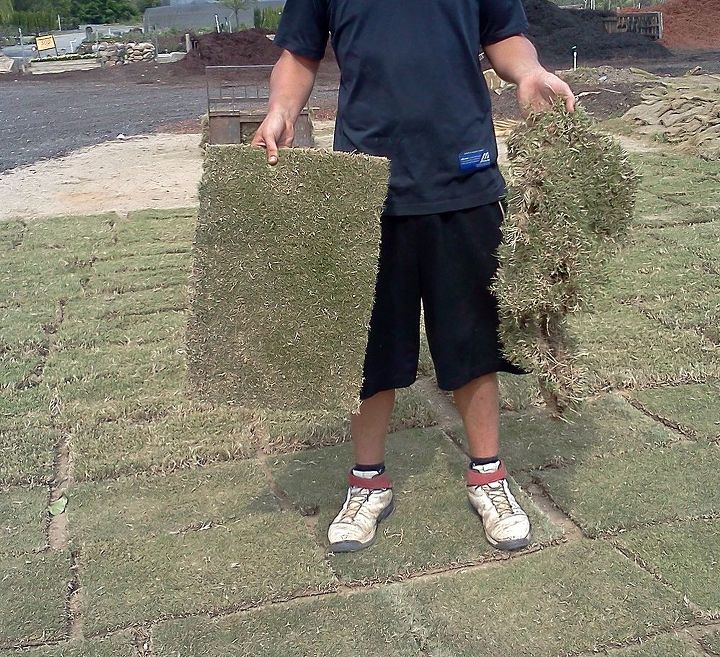
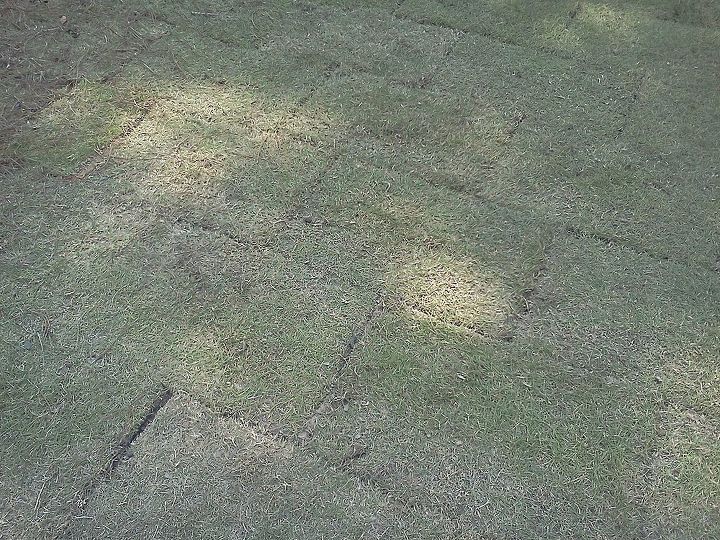

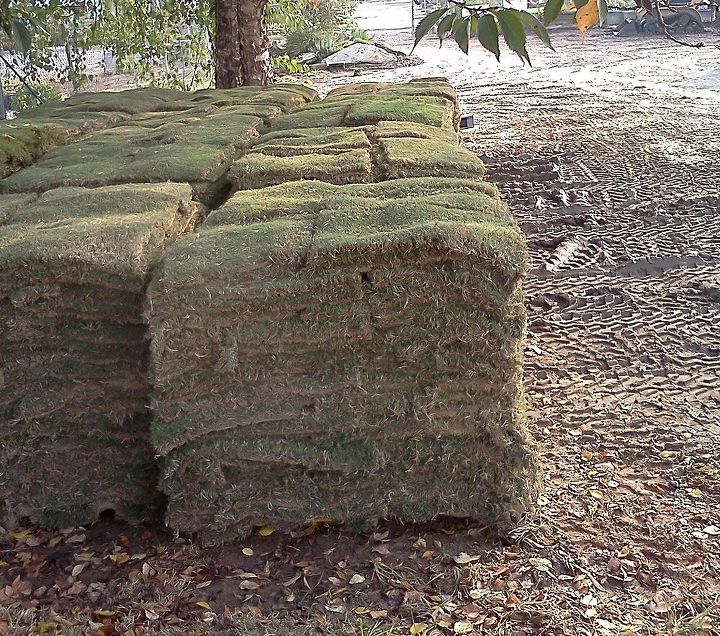
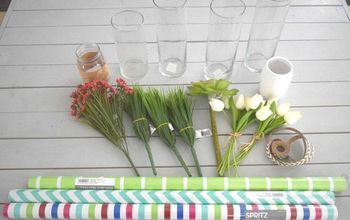






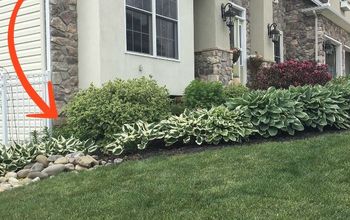
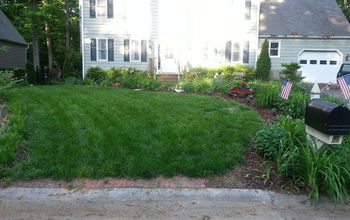
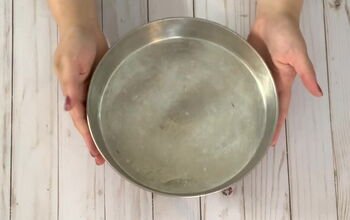
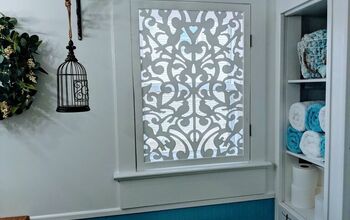
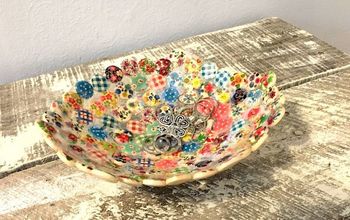
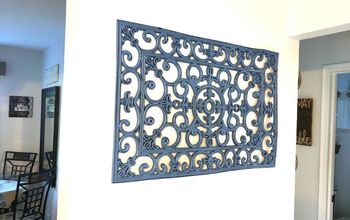



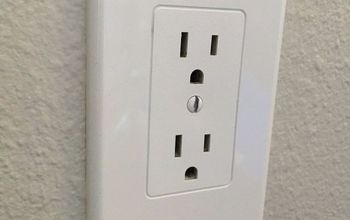
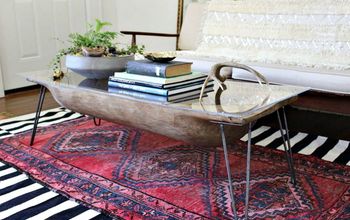
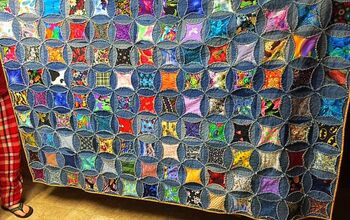




Frequently asked questions
Have a question about this project?